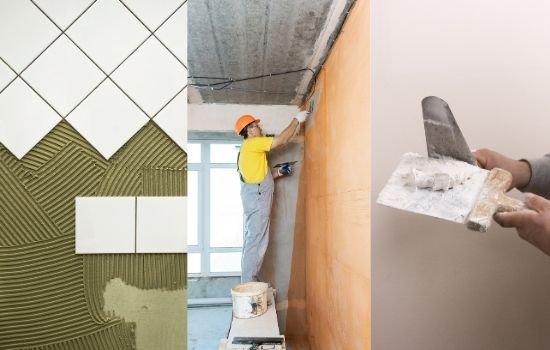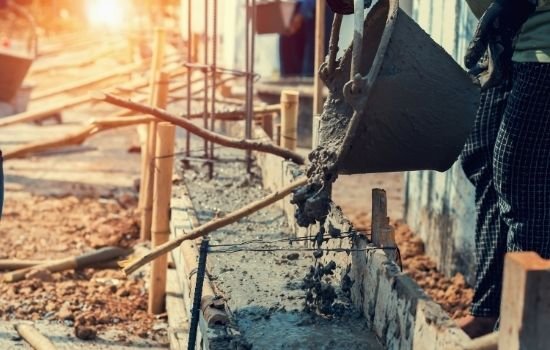Fiber-Reinforced Concrete: Types, Benefits & Applications
Concrete is one of the most widely used construction materials, but traditional concrete has a major weakness: it’s prone to cracking under stress. That’s
Introduction to Starch Ether
The more common and commonly used are potato starch, tapioca starch, corn starch, wheat starch, etc. Compared with cereal starches with higher fat and protein content, the starches of root crops such as potato and tapioca starch are purer.
Starch is a polysaccharide polymer compound composed of glucose. There are two kinds of molecules, linear and branched, called amylose (content about 20%) and amylopectin (content about 80%). To improve the starch properties used in building materials, physical and chemical methods can be used to modify it to make its properties more suitable for the needs of building materials for different purposes.
Etherified starch includes many types of products, such as carboxymethyl starch ether (CMS), hydroxypropyl starch ether (HPS), hydroxyethyl starch ether (HES), cationic starch ether, etc. The commonly used hydroxypropyl starch ether.

The Role of Starch Ether in the Mortar
For example, in the construction of tile adhesive, putty, and plastering mortar, especially now that mechanical spraying requires high fluidity, for example, it is imperative in a gypsum-based mortar (machine sprayed gypsum needs high fluidity but will cause severe sagging. Starch ether can make up for this defect).
Liquidity and sag resistance are often contradictory, and the increase in fluidity will bring about a decline in sag resistance. The mortar with rheological properties can well solve the contradiction that when an external force is applied, the viscosity will decrease, and the workability and pumpability will be enhanced. When the external force is withdrawn, the viscosity will increase and improve the sag resistance.
 For the current trend of increasing tile area, adding starch ether can improve the tile adhesive slip resistance.
For the current trend of increasing tile area, adding starch ether can improve the tile adhesive slip resistance.
It can meet the requirements of special tile adhesives for tile adhesives with extended opening hours (Class E, extend from 20min to 30min to reach 0.5MPa).
Starch ether can make the surface of gypsum-based and cement mortar smooth, easy to apply, and has an excellent decorative effect. It is significant for plastering mortars and thin-layer decorative mortars such as putty.
The Mechanism of Action of Starch Ether
When starch ether is dissolved in water, it will be evenly dispersed in the cement mortar system. Because starch ether molecules have a network structure and are negatively charged, they will adsorb positively charged cement particles. As a transition bridge, the cement can be connected to give the slurry a more considerable yield value, improving the anti-sagging or anti-slip effect.

The Difference Between Starch Ether and Cellulose Ether
The combination of cellulose ether and starch ether can produce good synergy. Tests have proved that replacing 20%-30% of cellulose ether with starch ether used in mortar cannot reduce the water retention capacity of the mortar system and effectively improve the anti-sagging and anti-sliding capabilities.

MIKEM is a global manufacturer and supplier of specialty chemical products. We are committed to becoming your preferred partner in specialty chemicals with our competitive product portfolio, strong R&D capabilities, and professional formulation expertise .
Concrete is one of the most widely used construction materials, but traditional concrete has a major weakness: it’s prone to cracking under stress. That’s